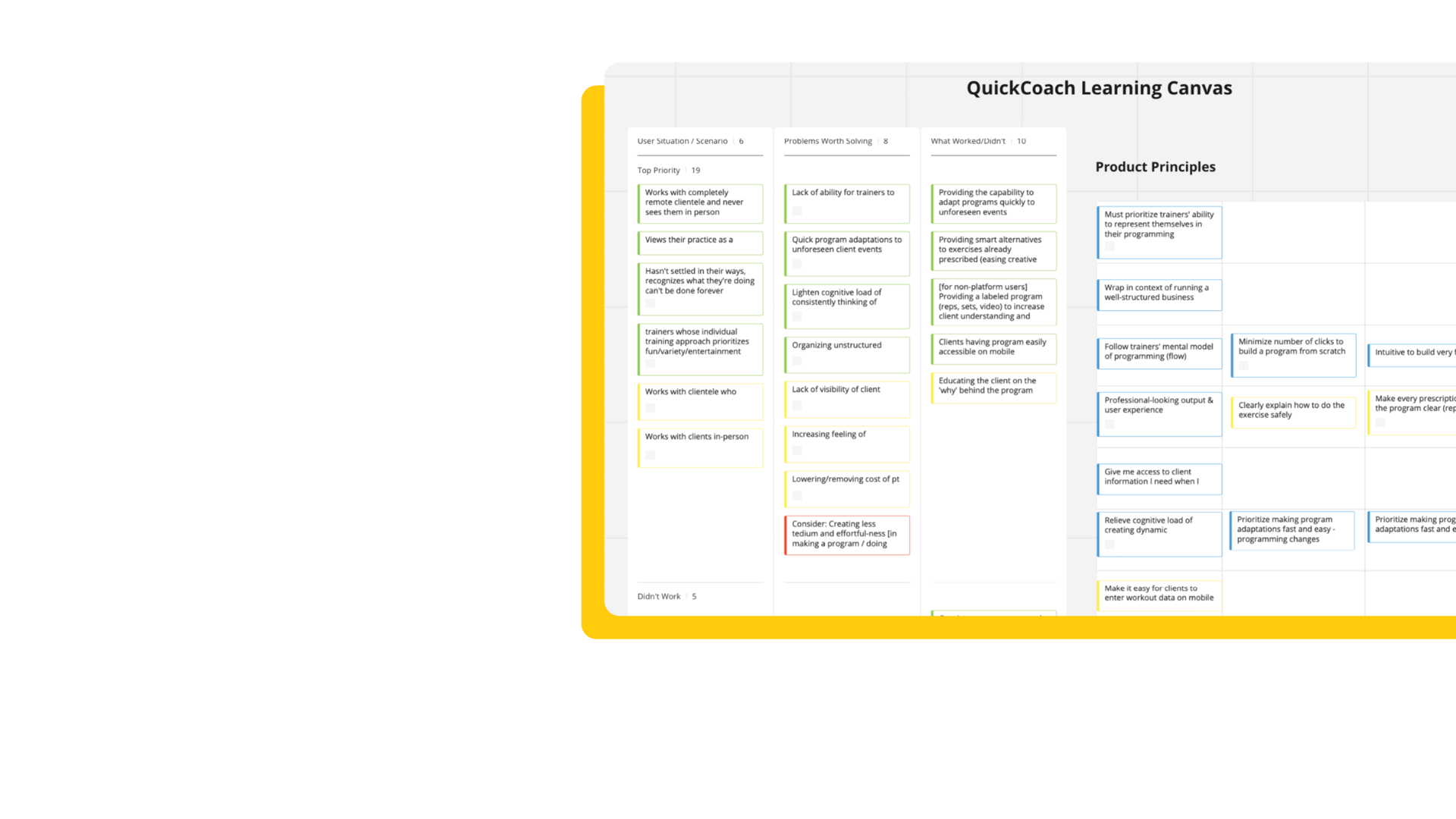
Diving Into
the Venture Building
Toolkit
Why do I describe myself as a “business designer” and “business manager”?
In my first business role after leaving my position as a Technology Transactions Associate at Morrison & Foerster (aka “MoFo”), I worked at a New York City, venture-backed startup—a firm client. It was an exciting time at this company, which was creating a Discover-stage software and hardware product backed by top investors such as Fred Wilson.
My business development role entailed using my partnership-building and transactional skills (1) to pursue strategic relationships to grow the company and (2) to negotiate critical technology partnerships underpinning our solution. I interfaced directly with the engineering, sales, marketing and product teams. Colleagues had MBAs from Darden, at the University of Virginia, and Wharton, at the University of Pennsylvania. The company had also engaged the design consultancy IDEO to assist with product design.
It turned out to be a formative experience.
The “MBA”-types’ deductive reasoning skills, quantitative abilities and big-picture top-down insights were impressive.
The “design”-types’ inductive reasoning skills, qualitative abilities and big-picture bottom-up insights were, well, impressive!
I made a point from those days on to build and deepen my skills and experience in both domains—as a business manager, on the one hand, and a business designer, on the other hand. Useful on their own, these capabilities become a superpower when combined. More people have embraced this hybrid professional development model in the years since. However, the business world still seems to be fearful of the humility implicit in the lean mindset—of acknowledging one does not have all of the answers, certainly not right away. There remains a wariness for the human-centered approach at the core of design thinking as well.
Nonetheless, a combined approach has been invaluable to my work and informed each of my subsequent progressive line-of-business roles, helping me solve complex problems and pursue new opportunities.
Read about four recent projects highlighting my design approach in my portfolio.
Lean methods are flexible and systematic, perfect for finding answers amid great uncertainty. Perfect for growing startups.
The Lean Canvas
I’m a user and admirer of the Lean Canvas. I have found it to be a valuable tool in the Discover stage of building a new company for capturing the vital elements of the potential new business.
I’d consider an initial canvas “complete” when a team has evidence that we have identified an unmet or under-met problem that we can solve for enough people to meet our scale objectives with a product we can build and deliver via an economically viable business.
Canvas creator Ash Maurya recommends using different versions of the filled-in canvas to test different ideas leading up to this point, which is a great idea.
The canvas is useful after product launch too. We can continue to make updates as we learn in the market. The canvas is truly complete once we’ve solidified and proven the business model it represents and entered the Scale stage of the company’s life.
So it’s not a static framework that’s only used one time.
As valuable as it is, more is needed to navigate the Build-stage of a business. It is very challenging to get to this point, and the hard work has only begun. If we can’t figure out how to navigate this period in the company lifecycle, there will be nothing to scale.
The Lean Canvas is not a company operating system or day-to-day management framework. A ton of activity is needed to build the new business, which the Canvas does not capture.
Seeing the gap between the Lean Canvas and the Entrepreneurial Operating System, I began documenting my venture-building approach in the Venture Plan on a Page, designed to provide the missing guidance early-stage ventures need to operationalize the learning they must do to achieve the velocity to escape this growth stage and begin to Scale.